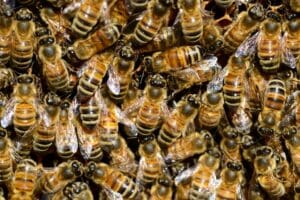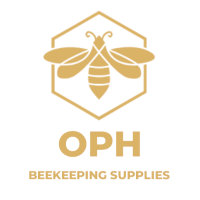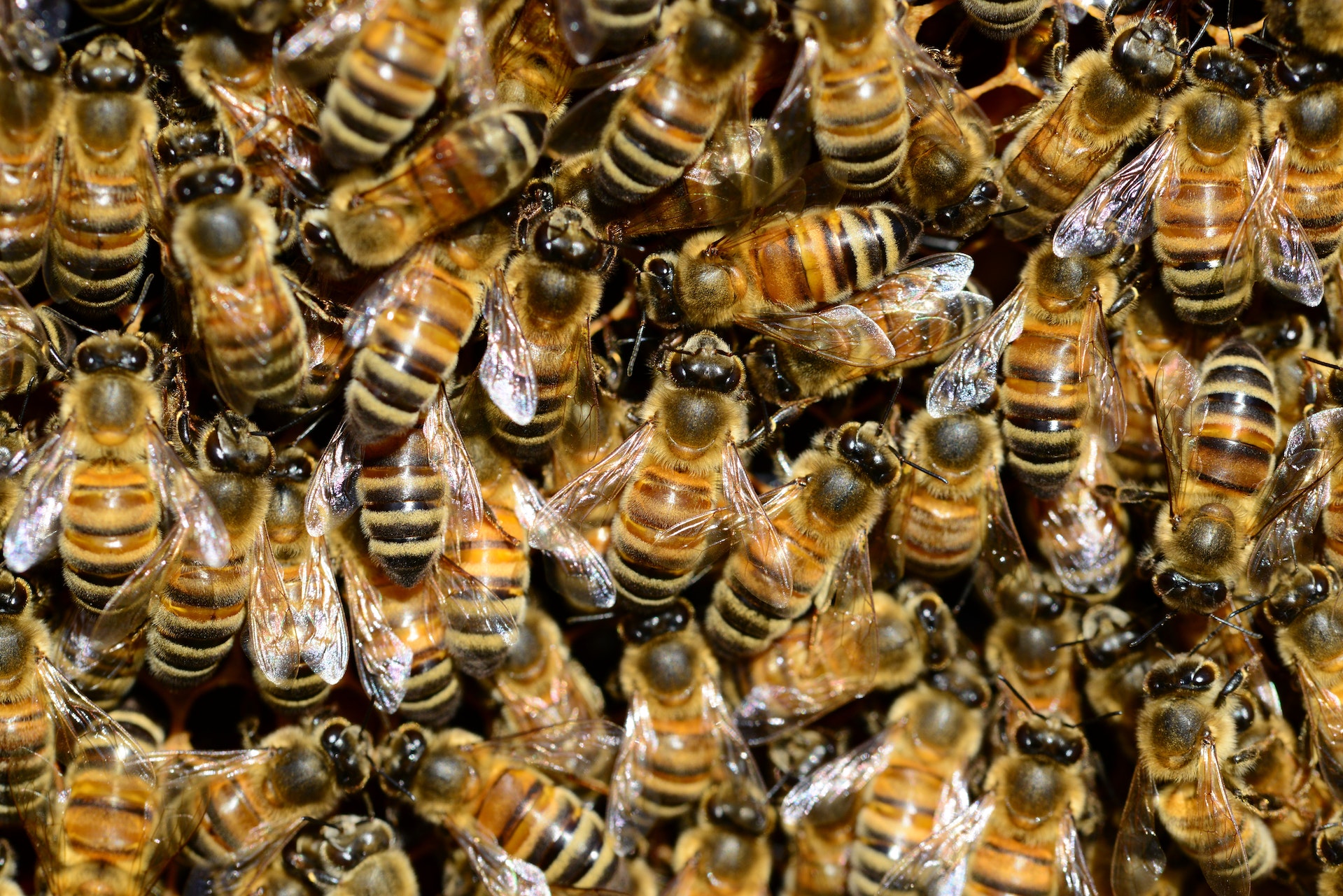
Female bees also known as worker bees make up the majority of a honey bee colony. A worker bee is the bees in a hive that do all the work to keep the hive functioning at a optimal level. The worker bee starts as an egg and after 21 days they are born.
What does a worker bee do?
Worker bees start there jobs as soon as they are born. See below for the types of activities they do in the hive:
1. Nurse bees-when they are newly born they are given the job of nursing the larvae, feeding & taking care of the brood. Nonmandibular and hypo-pharyngeal glands this allows her to provide nutrient rich food (royal jelly) for the eggs and larvae. The first 2-3 days an egg is laid they all get this nutrient dense food. After the third day worker bees and drones get less of the royal jelly. Getting less of this royal jelly is what makes a worker bee. This is a demanding job as the queen can lay up to 2000 eggs per day.
2. Aide to the Queen-this happens anywhere from 7-12 days of age. Some bees get the lucky job of being part of the queen’s court where they feed, groom and clean the queen. This lets the queen focus on her job of laying up to 2000 eggs per day. The life of a queen sounds luxurious but it is far from the case. She is under tremendous pressure to lay enough eggs to keep the hive functioning normally. If she does not the worker bees will kill her and raise a new queen.
3. Wax Mason Job-from about 12-18 days of life they become wax makers. A wax bee has to activate her wax making glands and produces a clear flake which once chewed and molded becomes honeycomb. Other duties at this age are fanning the hive and making honey. Older bees can also make wax if required to as well.
4. Airflow control (fanning the hive) sometimes the hive needs to be cooled down or needs fresh air & to control moisture so the girls will form a line in front of the hive. Making honey can create a lot of moisture so it needs to be regulated.
5. Undertakers-the bees that clean out cells after bees hatch or die and take them out of the hive bees keep their house clean and tidy.
6. Guard Bees-older bees to protect the hive usually by the entrance to protect against threats, If they sting they die but they are near the end of their life.
7. Forager Bees-These are the bees that fly out everyday bringing in nectar and pollen, they fly so much they actually tatter their wings.
It is important to note that even though worker bees don’t have ovaries in extreme circumstances when a hive becomes queen-less a worker bee will grow ovaries and lay eggs. This situation in not a good one though as they will only lay drones.
Regardless the role of a worker bee does everything in the hive from nursing, protecting and foraging. They are very busy and depending on the needs of the hives bees roles may over lap at times.


